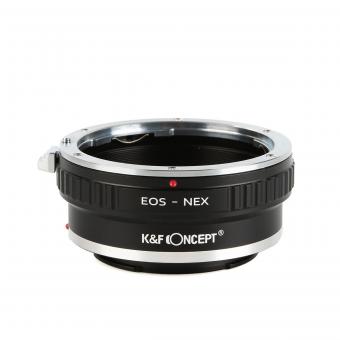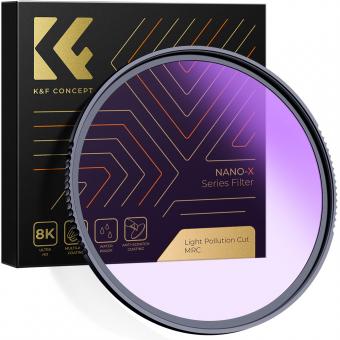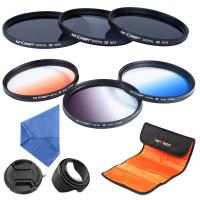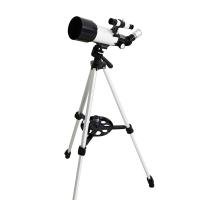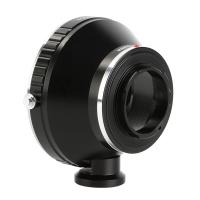What Do Electron Microscopes Do ?
Electron microscopes use a beam of electrons to create highly magnified images of very small objects. They are capable of producing images with much higher resolution than traditional light microscopes, allowing scientists to see details at the atomic and molecular level. Electron microscopes are used in a variety of fields, including materials science, biology, and nanotechnology. They can be used to study the structure of cells, viruses, and other biological specimens, as well as to analyze the composition and properties of materials such as metals, ceramics, and polymers. There are two main types of electron microscopes: transmission electron microscopes (TEMs) and scanning electron microscopes (SEMs). TEMs use a thin sample that is illuminated by a beam of electrons, while SEMs scan a beam of electrons across the surface of a sample to create a three-dimensional image.
1、 Scanning Electron Microscopy (SEM)
Scanning Electron Microscopy (SEM) is a type of electron microscopy that uses a focused beam of electrons to create high-resolution images of the surface of a sample. SEMs are used in a wide range of scientific and industrial applications, including materials science, biology, and nanotechnology.
In SEM, a beam of electrons is scanned across the surface of a sample, and the electrons that are scattered or emitted from the sample are detected and used to create an image. The resolution of SEM images can be as high as a few nanometers, making it possible to see details that are too small to be resolved by optical microscopy.
One of the latest developments in SEM technology is the use of advanced detectors that can capture more information about the electrons that are emitted from the sample. For example, some detectors can measure the energy of the electrons, which can provide information about the chemical composition of the sample. Other detectors can measure the spin of the electrons, which can provide information about the magnetic properties of the sample.
Overall, SEM is a powerful tool for studying the structure and properties of materials at the nanoscale. With the latest advances in detector technology, SEM is becoming even more versatile and useful for a wide range of scientific and industrial applications.
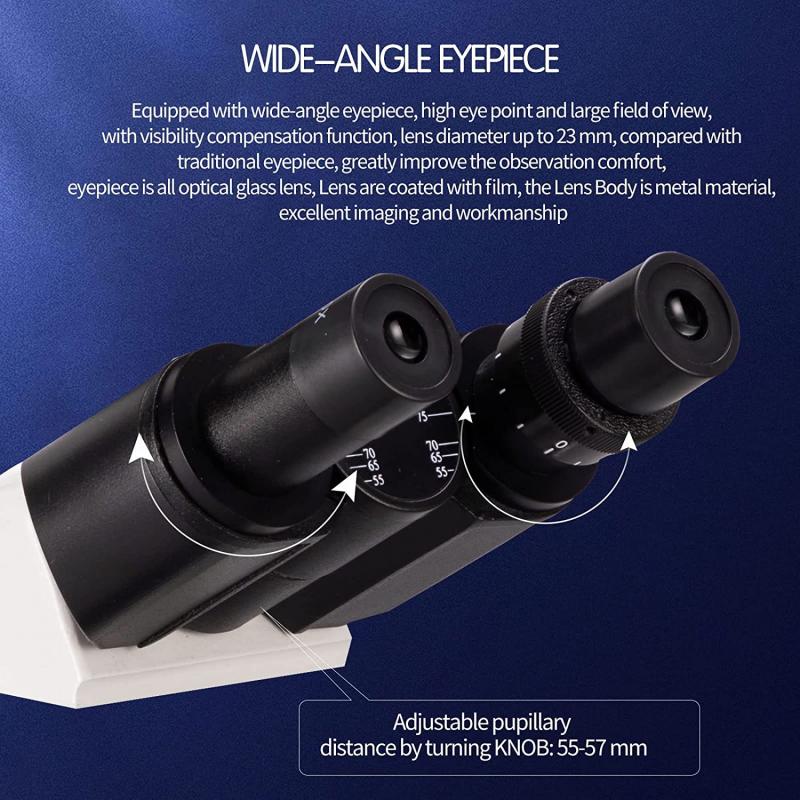
2、 Transmission Electron Microscopy (TEM)
Transmission Electron Microscopy (TEM) is a type of electron microscope that uses a beam of electrons to create high-resolution images of thin samples. TEMs are capable of producing images with a resolution of up to 0.1 nanometers, which is much higher than the resolution of light microscopes.
TEMs work by passing a beam of electrons through a thin sample, which interacts with the electrons to produce an image. The electrons are focused using a series of electromagnetic lenses, which can be adjusted to change the magnification and focus of the image.
TEMs are used in a wide range of scientific fields, including materials science, biology, and nanotechnology. They are particularly useful for studying the structure and properties of materials at the atomic and molecular level.
In recent years, there has been a growing interest in using TEMs to study biological samples, such as proteins and viruses. This has led to the development of new techniques, such as cryo-electron microscopy, which allows samples to be imaged at low temperatures to preserve their structure.
Overall, TEMs are an essential tool for scientists and researchers who need to study the structure and properties of materials at the atomic and molecular level. With ongoing advancements in technology, TEMs are likely to continue to play a critical role in scientific research for many years to come.
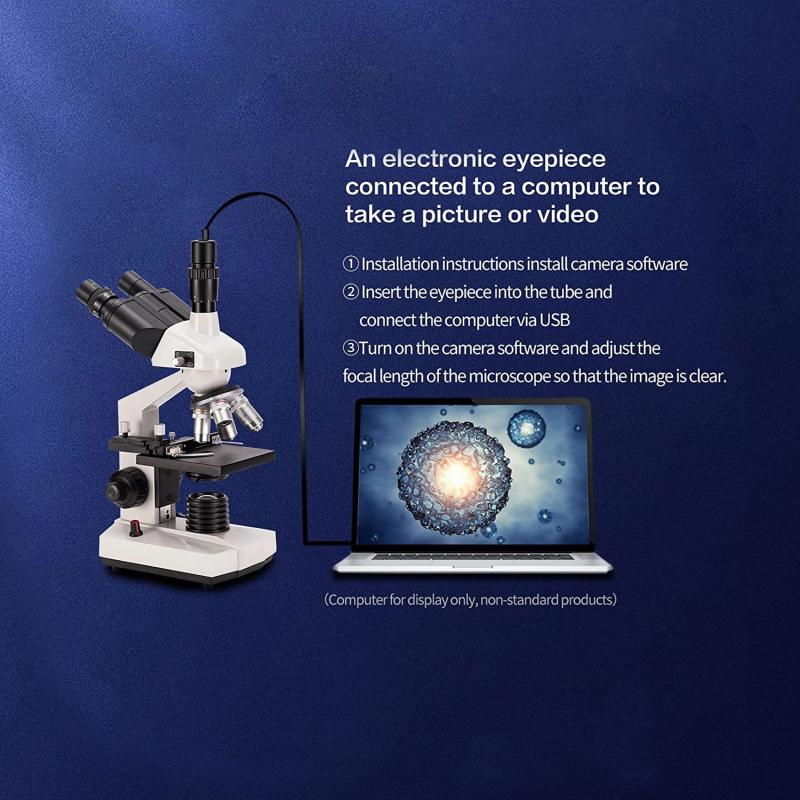
3、 Scanning Transmission Electron Microscopy (STEM)
Scanning Transmission Electron Microscopy (STEM) is a type of electron microscopy that uses a focused beam of electrons to scan a sample and create an image with high resolution. STEM is capable of producing images with atomic resolution, making it a powerful tool for studying the structure and properties of materials at the nanoscale.
STEM works by scanning a focused beam of electrons across a thin sample, and detecting the electrons that pass through the sample. By measuring the intensity of the transmitted electrons, STEM can create an image of the sample with high resolution. STEM can also be used to analyze the chemical composition of a sample, by measuring the energy of the electrons that are scattered by the sample.
The latest developments in STEM technology have focused on improving the resolution and sensitivity of the technique. For example, aberration-corrected STEM can correct for distortions in the electron beam, allowing for even higher resolution imaging. In addition, new detectors and imaging modes have been developed that can provide more detailed information about the structure and properties of materials.
Overall, STEM is a powerful tool for studying the structure and properties of materials at the nanoscale, and its continued development is likely to lead to new insights and discoveries in a wide range of fields, from materials science to biology and medicine.
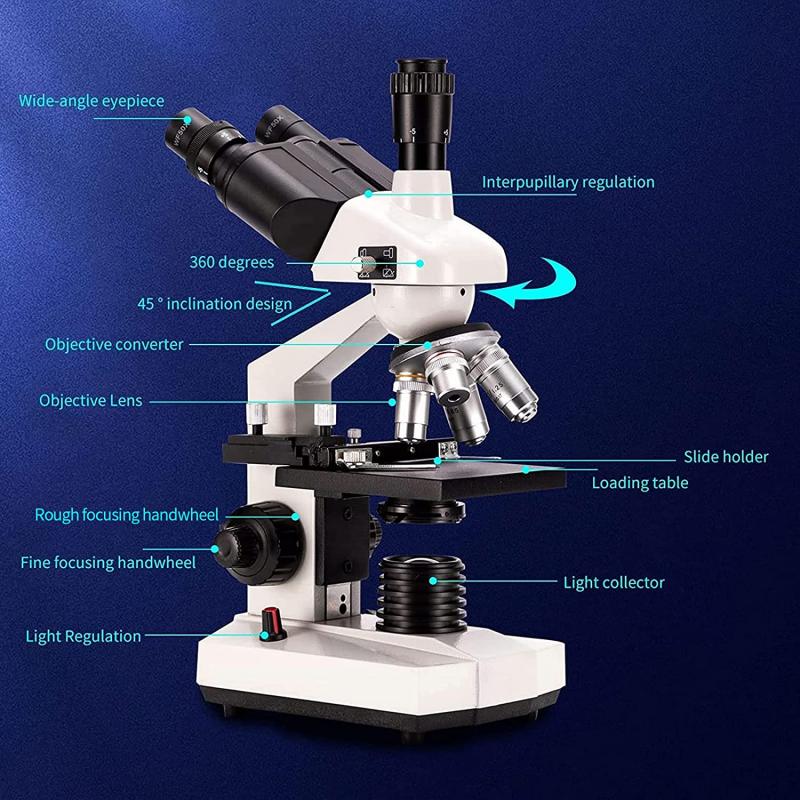
4、 Environmental Scanning Electron Microscopy (ESEM)
Environmental Scanning Electron Microscopy (ESEM) is a type of electron microscopy that allows for the observation of samples in their natural state, without the need for extensive sample preparation. ESEM is particularly useful for studying samples that are sensitive to vacuum conditions, such as biological specimens or hydrated materials.
ESEM works by using a low-energy electron beam to scan the surface of the sample, which is held in a chamber at a controlled temperature and humidity. The electrons interact with the sample, producing secondary electrons that are detected by a detector and used to create an image of the sample's surface.
One of the key advantages of ESEM is its ability to observe samples in their natural state, without the need for extensive sample preparation. This allows for a more accurate representation of the sample's structure and behavior, as well as the ability to study dynamic processes in real-time.
Recent advances in ESEM technology have also allowed for the integration of other imaging techniques, such as energy-dispersive X-ray spectroscopy (EDS) and electron backscatter diffraction (EBSD). These techniques allow for the analysis of the chemical composition and crystal structure of the sample, respectively, providing even more detailed information about the sample's properties.
Overall, ESEM is a powerful tool for studying a wide range of materials and biological specimens, providing high-resolution images and detailed information about their structure and behavior.






